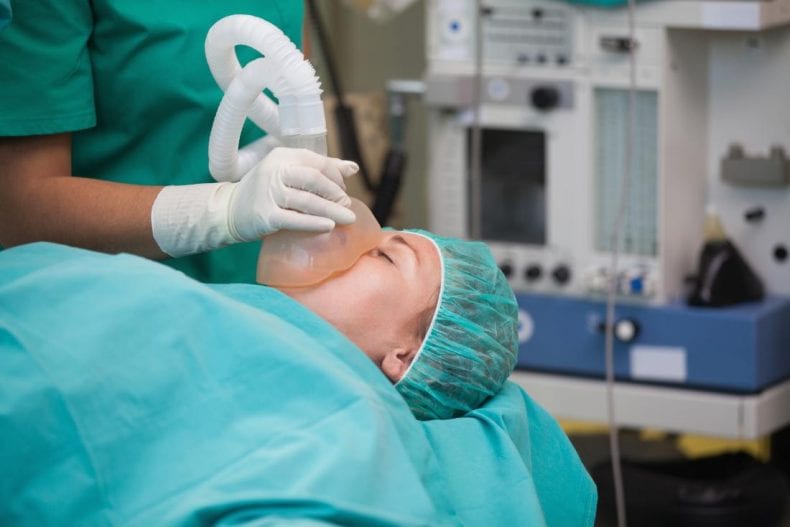Main types of anaesthesia
Anaesthesia, or the loss of sensation, can be induced by using a certain type of drug called anaesthetic. These are used during certain tests or surgical operations in order to prevent any pain and discomfort during the procedure. There are three main types of anaesthesia- local, general, and regional. They differ greatly in the way they function, how they affect us, and when they are used.

General anaesthesia means you’re completely unconscious during the entire procedure and it’s used for more serious and complex surgeries. They put the patient in the medically induced coma, not sleep, and the patient remains unresponsive. This type of anaesthesia is administered intravenously or is being inhaled. They are frequently used today and are considered safe.
Anaesthetic billing services are there to help Anaesthetists and make their jobs much easier. Patient health funds and Medicare payments are being paid directly to the Anaesthetist’s bank account. This way Anaesthetists can focus completely on doing their job instead of thinking about the billing.

For minor, less complex procedures, local anaesthesia is often used. It is used on a specific part of the body that is to undergo the procedure in order to block the pain. The patient remains fully conscious during the procedure. These types of surgeries are usually performed quickly and do not require the patient to be fully relaxed or unconscious. Local anaesthesia is typically used for dental surgeries, mole removals, or a cataract.

Regional anaesthesia is used to numb the entire portion of the body and epidural anesthetic is one common type of regional anaesthesia. Another type is a spinal anaesthetic. Regional anaesthetic is injected near a cluster of nerves and it numbs a big portion of the body. Sometimes, regional and general anaesthesia is combined
Side effects and risks

Even though general anaesthesia is safe, some side effects can occur, even though rarely. Some more common side effects can include dizziness and nausea. Other than that, a patient might experience temporary confusion, memory loss, shivering, or sore throat. The majority of the side effects are short-lasting and fade quickly after the surgery. Most of the side effects can be avoided just by administering the anaesthesia properly, but some are often inevitable. General anaesthesia is very safe even though some risks do exist. Older people and those undergoing really long procedures are at risk from heart attacks, pneumonia, or stroke. Certain conditions can increase the likelihood of something going wrong during the procedure. Those conditions include seizures, sleep apnea, high blood pressure, obesity, diabetes, etc.

If you’re worried about anaesthesia, it’s best to meet with your physician anaesthologist. They can help you choose the medications that are safest for you and will keep an eye out for any complications and side effects. You will also get advice on how to lower the risks of something going wrong. You might be advised to change your diet, lose some weight, stop taking certain medications, quit smoking and drinking alcohol.
Certain health issues might make you more prone to complications during the procedure, but the best idea is to talk to a professional before the surgery in order to find out what the best option for you is.









